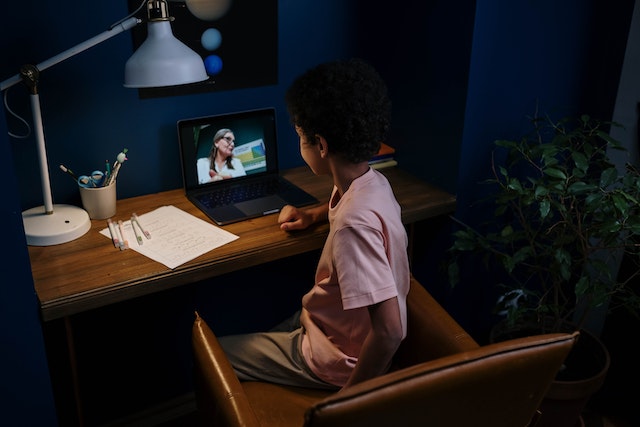
The Ultimate Guide in Creating a Live Stream
Before launching a live stream, there are several things you should consider. These include choosing a platform, choosing a capture card, and planning your live broadcast. You can also download a checklist to help you plan your broadcast. These steps can be done ahead of time and will help ensure your live stream goes off without a hitch.
Setting Up a Streaming Setup
A live-streaming setup can seem daunting if you’re not a tech whiz. While it’s true that live streaming requires some technical knowledge, someone without the know-how to create a live stream can get started. You should purchase a few essential tools, and you should make sure you have them all ready to go.
First, you should get a decent PC. This is because you’ll be using software to stream. You’ll want to ensure your computer has the minimum specs for streaming. This usually means a mid-tier computer handling basic games, webcam/audio, and broadcasting software.
Choosing a Platform
When creating a live stream, selecting a platform that suits your needs and your audience’s tastes is essential. Several live-streaming platforms exist, but choosing the best one is not always easy. There are several things to consider, including features, technical details, and audience categories. In addition, you may need to consider paid or advanced features depending on your needs.
Before choosing a live-streaming platform, learning as much as possible about the interface and available features is essential. Some platforms cater to a specific user demographic, and others are better suited for various uses. A broader live-streaming platform will give you access to more tools and allow you to focus on your content and audience persona.
Scripting a Live Stream
Scripting a live stream is essential to creating a successful online video presentation. A well-structured script can make your broadcast more effective and engaging. Your viewers will be able to see and hear your content, which is essential for converting them into customers. It is also important to remember to include calls to action. For example, ask viewers to subscribe to your email list or try a product you sell.
A script will allow you to customize your video stream in various ways. You can set the fonts and colors, choose the language you want your video to be interpreted, and even add a homepage banner. Choosing a Capture Card
Choosing a capture card for live streaming is an important decision. There are dozens of options available, with varying prices and features. Selecting the best capture card for your budget and needs is essential since no two are created equal. Live streaming is one of the most popular ways to watch video content. Not only is it free and easy, but it can also be done anywhere with an internet connection.
Capture cards allow you to record, edit, and share videos with others. There are many capture cards, including HDMI, components, and USB. Once you’ve determined the type of input you need, you can buy a capture card that suits your needs.
Choosing a Streaming Platform
Choosing a streaming platform is one of the most important decisions you’ll have to make when creating a live stream. Streaming platforms offer numerous benefits and can help you reach a broad audience. Here are some tips for choosing the best one for your live stream.
First, consider the goals of your live stream. Are you looking to generate leads, increase brand awareness, or monetize the content? There are several streaming options, each with pros and cons. Monetizing your live stream will be critical if you want to earn a living.
Choosing a Lighting Setup
When creating a live stream, it’s essential to carefully plan the lighting setup. Proper lighting will enhance the quality of your camera and improve your Livestream experience. Even a built-in webcam can look great with the appropriate lighting. You’ll need a key light and fill light to properly light your Livestream.
Depending on your video’s subject and purpose, there are two standard lighting setups: hard and soft. Soft light casts fewer shadows and is much easier on the eyes. It also helps hide imperfections like acne or wrinkles. A diffuser can help diffuse the light evenly across the subject. You can also use windows for natural light.


















